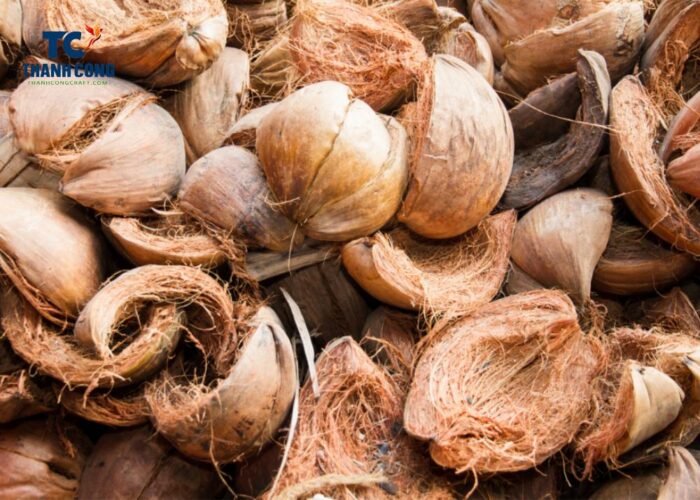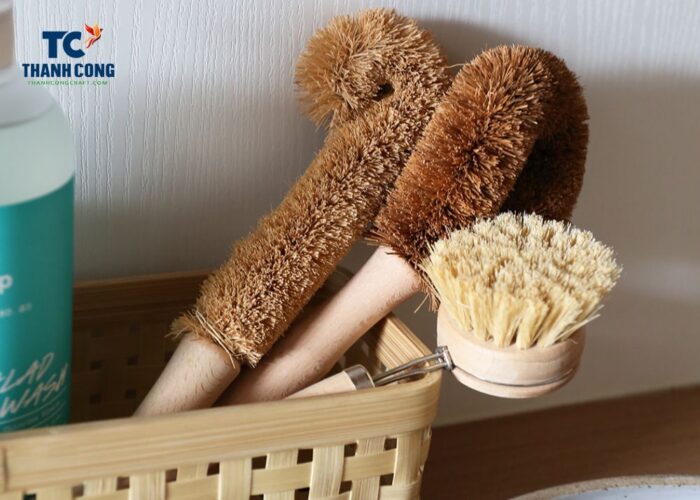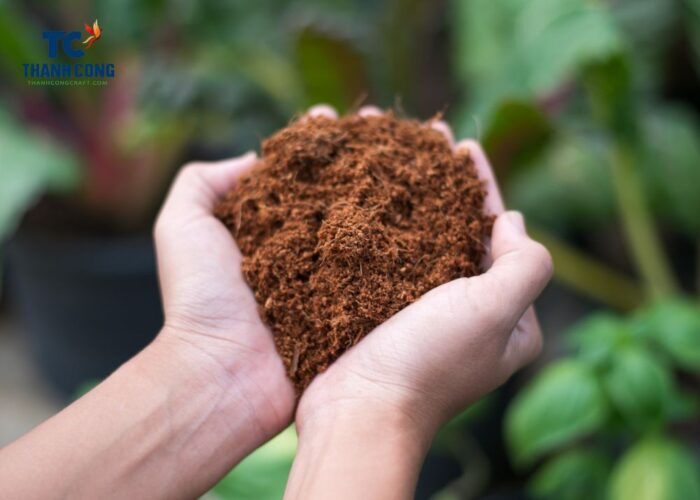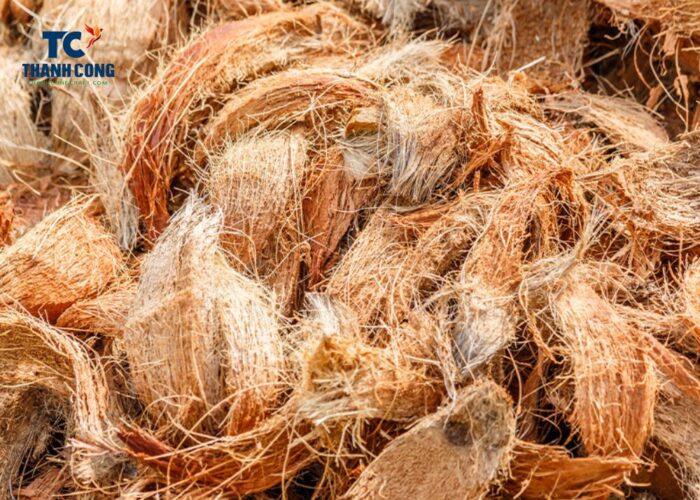In the realm of sustainable living and creative ingenuity, the humble coconut husk emerges as an unexpected hero, prompting the question, What can you do with coconut husk?. Let’s embark on a journey to explore the myriad possibilities that Vietnamese artisans have unlocked, transforming coconut husks into a treasure trove of unique and environmentally friendly products. From discarded remnants to eco-friendly marvels, discover the remarkable metamorphosis of coconut husks in the hands of skilled artisans.
Contents
- 1. What is coconut husk?
- 2. What can you do with coconut husk?
- 2.1. Coconut Husk: Diverse Applications in Manufacturing Various Products
- 2.2. Coconut Husk: Beauty and Skincare Applications
- 2.3. Coconut Husk: Cleaning Applications
- 2.4. Coconut Husk: Harnessing as an Alternative Fuel Source
- 2.5. Coconut Husk: Contributions to Farming and Gardening
- 2.6. Coconut Husk: Natural Air Freshener
- 3. Advantages of Utilizing Coconut Husk as a Raw Material
- 4. FAQs
1. What is coconut husk?
Coconut husk, also known as coconut shell, is the outer protective covering of a coconut. It consists of fibrous layers and fibers located between the outer shell and the inner water-rich core of the coconut. The husk has a sturdy and durable structure, providing protection to the coconut’s inner core and aiding the fruit in resisting environmental factors.

Some common applications of coconut husk include its use as a soil amendment in agriculture and as an organic fertilizer. Additionally, it serves as a raw material for crafting handmade products and environmentally friendly bio-products.
2. What can you do with coconut husk?
2.1. Coconut Husk: Diverse Applications in Manufacturing Various Products
Coconut husk possesses a remarkable versatility, contributing to the creation of a range of essential products for the modern market. Among these products are coco peat, coco husk chips, coco crush, and coir fiber, all derived from the outer shell of the coconut fruit. These materials find applications in manufacturing potting mediums for plant growth, creating doormats, coconut brushes, coconut twine, coconut particle board, sustainable packaging materials, and even mattresses and floor tiles.

2.2. Coconut Husk: Beauty and Skincare Applications
In the realm of beauty and skincare, coconut husks find valuable applications as a gentle exfoliant. They aid in the removal of dead cells from the skin’s surface, drawing out impurities and contributing to a cleaner complexion.
2.3. Coconut Husk: Cleaning Applications
Coconut husk becomes a fantastic tool for utensil cleaning. When its strands are combined with lemon juice and charcoal powder, they create effective cleaning pads. These eco-friendly scrubbers not only provide comfortable use but also exhibit good water retention, recyclability, and no lingering odors.
2.4. Coconut Husk: Harnessing as an Alternative Fuel Source
Conversion of coconut husk into an alternative fuel source offers a sustainable replacement for traditional fuels like wood. Considering the cost-effectiveness and abundance of coconut husks, there is significant potential for utilizing them as a fuel source in power plants.
2.5. Coconut Husk: Contributions to Farming and Gardening
With its ability to absorb and consistently deliver nutrients to plants, coconut husk serves as an ideal plant growing medium, particularly for flowering plants like orchids and roses. Its rapid decomposition enriches the soil, promoting healthy plant growth. Coconut husk chips, resembling garden mulch, have gained popularity as a planting medium, offering an alternative to peat to enhance moisture retention and resist fungal growth.

2.6. Coconut Husk: Natural Air Freshener
Traditionally employed in many Indian households, coconut husks placed in a brass mug, combined with camphor and ignited, serve as a natural air freshener. This practice not only eliminates odors in the kitchen and home but also acts as a natural mosquito repellent.
3. Advantages of Utilizing Coconut Husk as a Raw Material
By harnessing all facets of the coconut, producers establish sustainable harvesting and production methods, mitigating deforestation and curbing CO2 emissions. Natural adhesives derived from coconuts eliminate the necessity for chemical agents, thereby reducing production costs. Coconut waste proves economical, biodegradable, and readily decomposable, fostering soil health. Through collaboration with local enterprises, developed countries can access sustainable raw materials, actively contributing to the economic prosperity of coconut-producing regions.

4. FAQs
Why is it necessary to soak coconut husk in water before planting?
Soaking coconut husk in water is essential to alleviate the stiffness of raw coconut husk. This process involves taking a small amount of coconut husk and immersing it in water, making it more pliable and conducive for various applications.
Can coconut husk be consumed?
Coconut husk itself is not consumed. However, it plays a vital role in horticulture as it is utilized to create potting material for the growth of plants and flowers.
What is the chemical makeup of coconut husk?
The chemical composition of coconut husk includes cellulose, lignin, pyroligneous acid, gas, charcoal, tar, tannin, and potassium. These elements collectively contribute to the versatile properties and applications of coconut husks.
In conclusion, the uses of coconut husk extend far beyond its traditional roles. From contributing to sustainable living with eco-friendly brushes and gardening mediums to becoming a valuable resource in crafting and biofuel production, coconut husk showcases its versatility in various fields.
If you have any further questions, don’t hesitate to send thanhcongcraft an email us at info@thanhcongcraft.com or message us at WhatsApp: +84967485411. Hope to serve you soon! Best regard!












